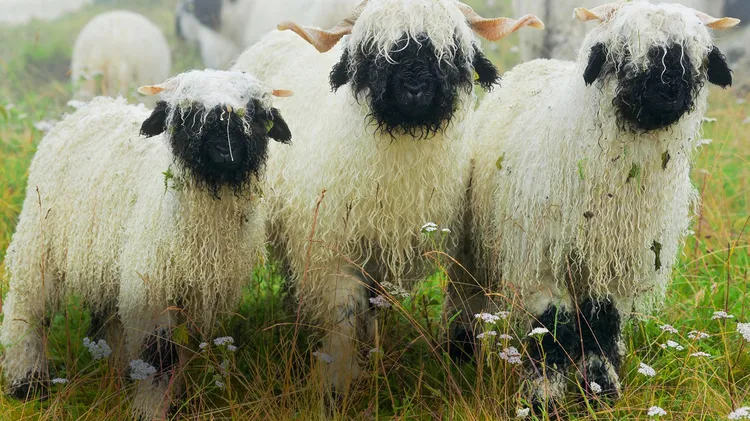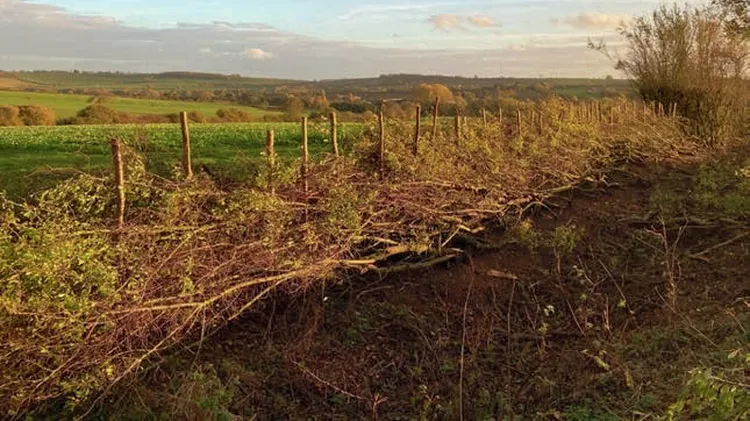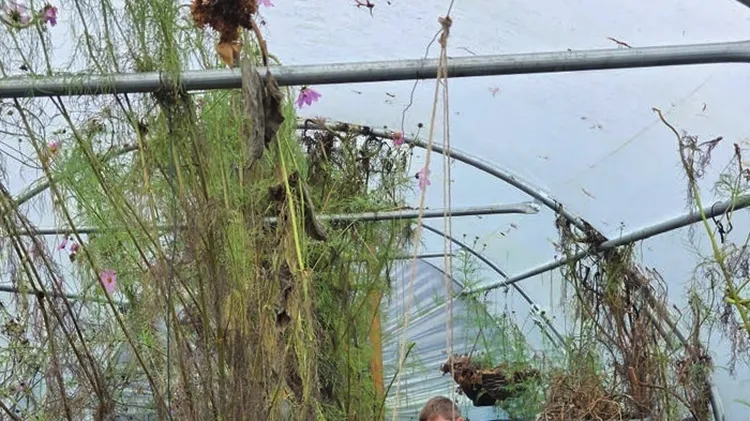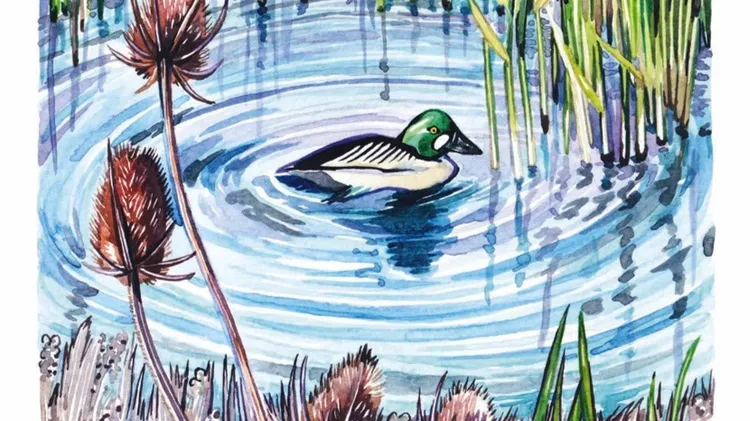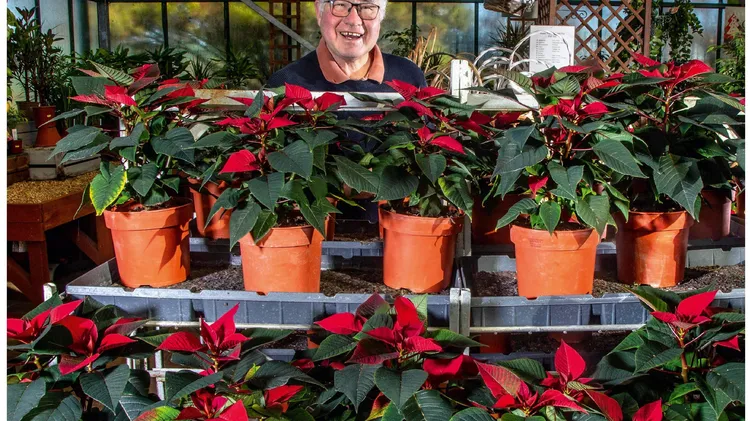Farmer and photographer Amy Bateman captures the new life and hard labour o
Lambingin lakeland
6 min read
This article is from...
Read this article and 8000+ more magazines and newspapers on Readly

